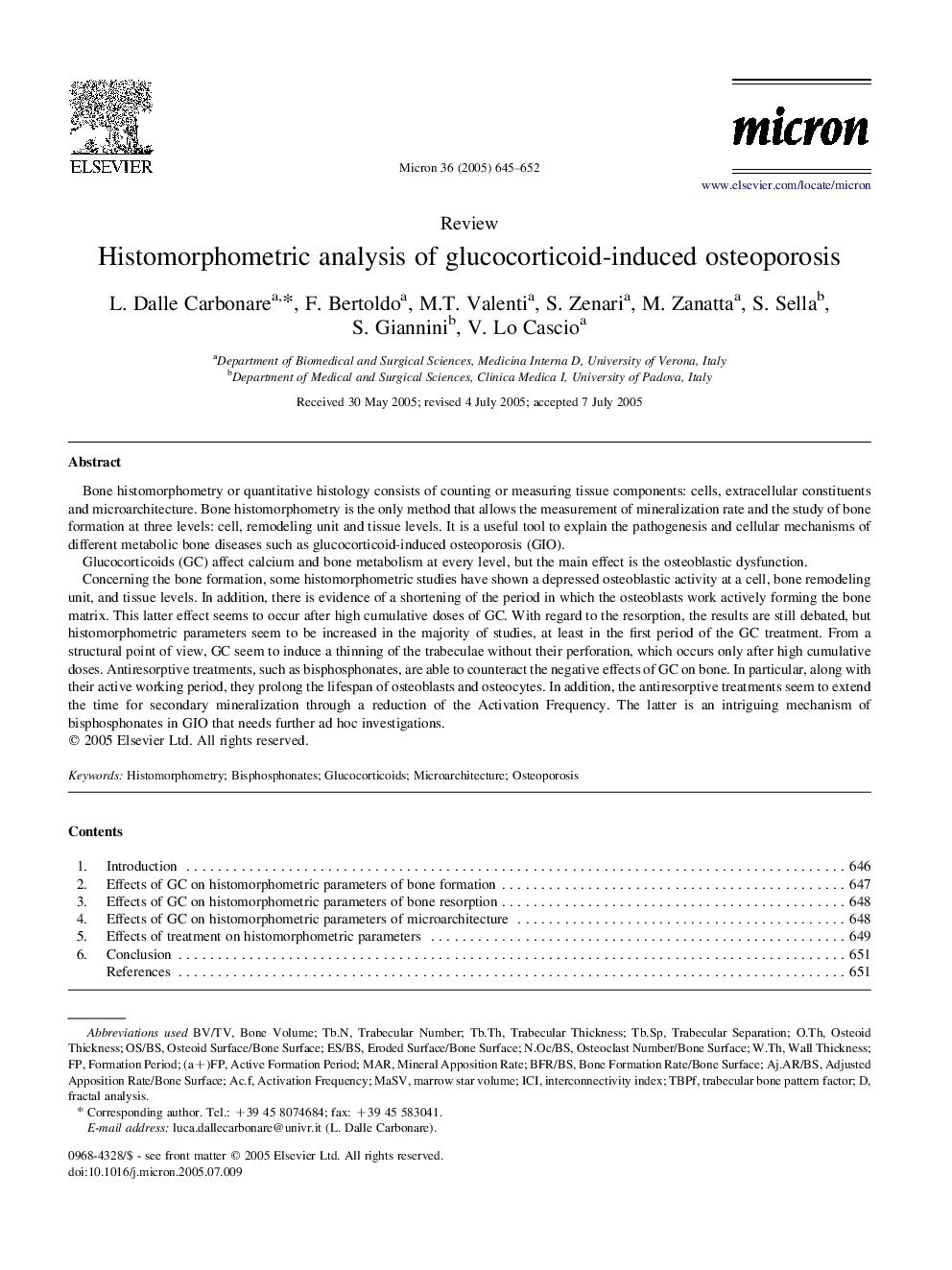| Article ID | Journal | Published Year | Pages | File Type |
|---|---|---|---|---|
| 9801097 | Micron | 2005 | 8 Pages |
Abstract
Concerning the bone formation, some histomorphometric studies have shown a depressed osteoblastic activity at a cell, bone remodeling unit, and tissue levels. In addition, there is evidence of a shortening of the period in which the osteoblasts work actively forming the bone matrix. This latter effect seems to occur after high cumulative doses of GC. With regard to the resorption, the results are still debated, but histomorphometric parameters seem to be increased in the majority of studies, at least in the first period of the GC treatment. From a structural point of view, GC seem to induce a thinning of the trabeculae without their perforation, which occurs only after high cumulative doses. Antiresorptive treatments, such as bisphosphonates, are able to counteract the negative effects of GC on bone. In particular, along with their active working period, they prolong the lifespan of osteoblasts and osteocytes. In addition, the antiresorptive treatments seem to extend the time for secondary mineralization through a reduction of the Activation Frequency. The latter is an intriguing mechanism of bisphosphonates in GIO that needs further ad hoc investigations.
Keywords
BFR/BSactivation frequencytrabecular bone pattern factorTbPfbone formation rate/bone surfaceTb.NTb.SpTb.ThMARBV/TVICIBisphosphonatesFractal analysistrabecular separationBone volumetrabecular numbertrabecular thicknessWall thicknessMineral apposition rateMicroarchitectureHistomorphometryOsteoporosisGlucocorticoids
Related Topics
Physical Sciences and Engineering
Materials Science
Materials Science (General)
Authors
L. Dalle Carbonare, F. Bertoldo, M.T. Valenti, S. Zenari, M. Zanatta, S. Sella, S. Giannini, V. Lo Cascio,
